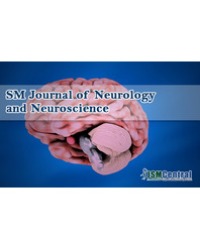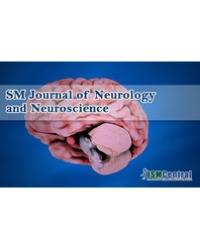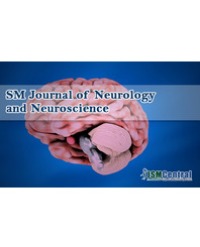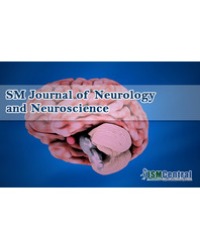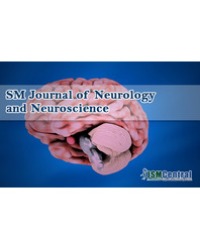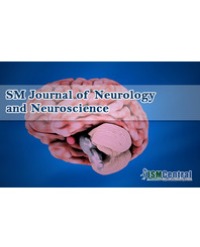
Sleep Abnormalities in Older Adults with and without Major Depression: Evidence from Polysomnography, Actigraphy and Questionnaires
The link between sleep and depression in older adults is complex and not fully understood. Reports of sleep problems in individuals with a history of depression, but who are no longer symptomatic, are inconsistent. This study aimed to characterize the sleep of 43 older adults (50+ years) with and without a history of clinical depression using questionnaires, actigraphy, and polysomnography. Participants were divided into three groups: current Major Depressive Disorder (MDD; ‘Current’, n = 10), a history of clinical depression (‘Past’, n = 14), and no history of depression (‘Never’, n = 19). Morning salivary cortisol measures confirmed elevated waking cortisol levels in current depression. Examination of sleep measures revealed significantly less Slow Wave Sleep (%SWS) and greater self-reported sleep problems in the current depression group compared to the remaining groups. A past history of depression was not linked to poor sleep relative to those with no history of depression. Across the whole sample, more severe depression was associated with more %REM, less %NREM and %SWS, poorer self-reported sleep, but less time spent Awake After Sleep Onset (WASO). Increased cortisol was linked to more %REM and less %NREM sleep, and shorter actigraphic total sleep time and poorer actigraphic sleep efficiency. Overall, sleep abnormalities were a feature of current MDD, and increased across the sample in a dose-dependent fashion with increasing depression severity and cortisol levels. Results suggest that current depressive symptoms, and cortisol levels, are more important determinants of sleep problems than a past history of depression.
Mellor A¹˒², Bucks RS³, Maul J⁴, Sanders KA⁵, McGowan H⁶ and Waters F¹˒²,⁶*

